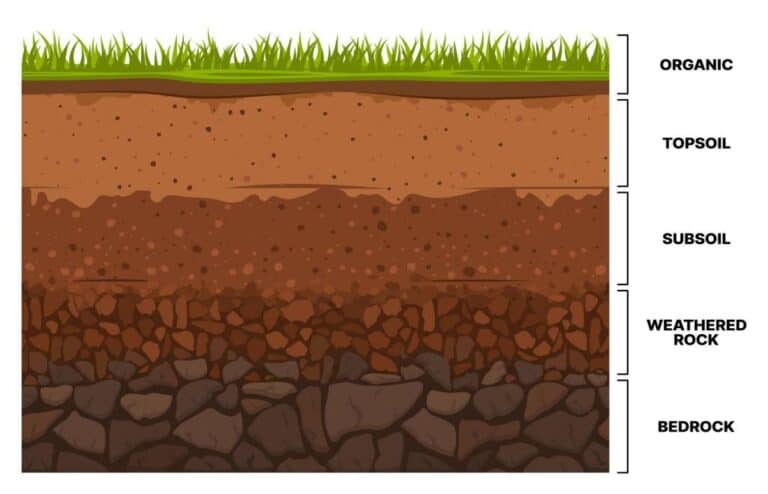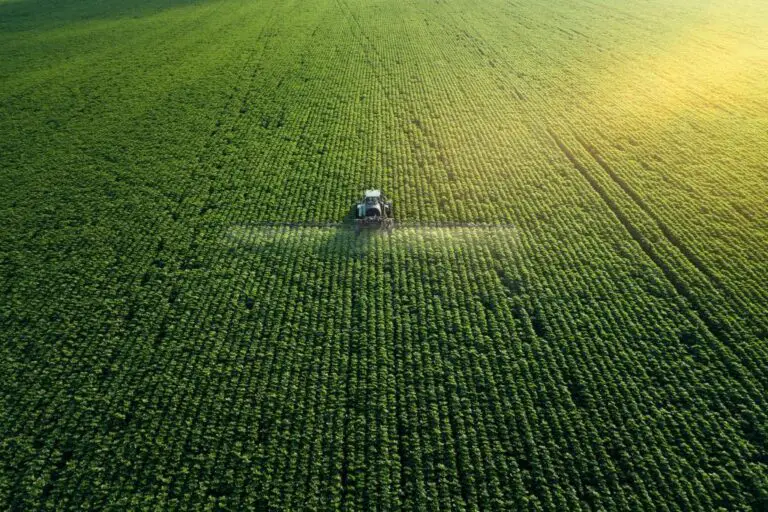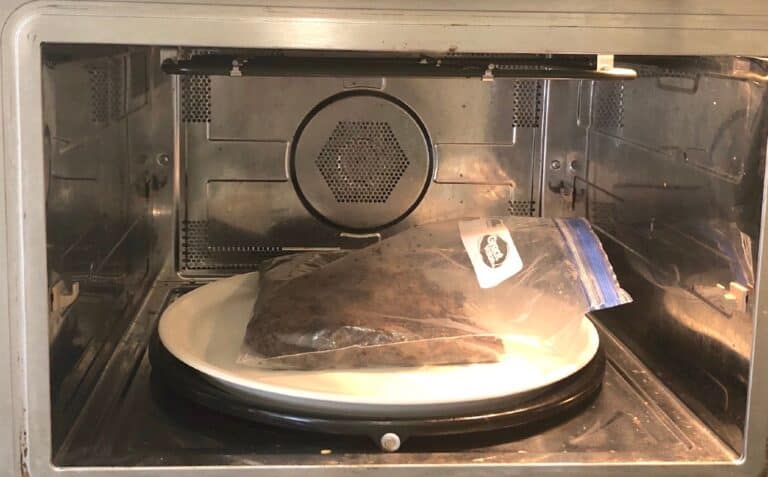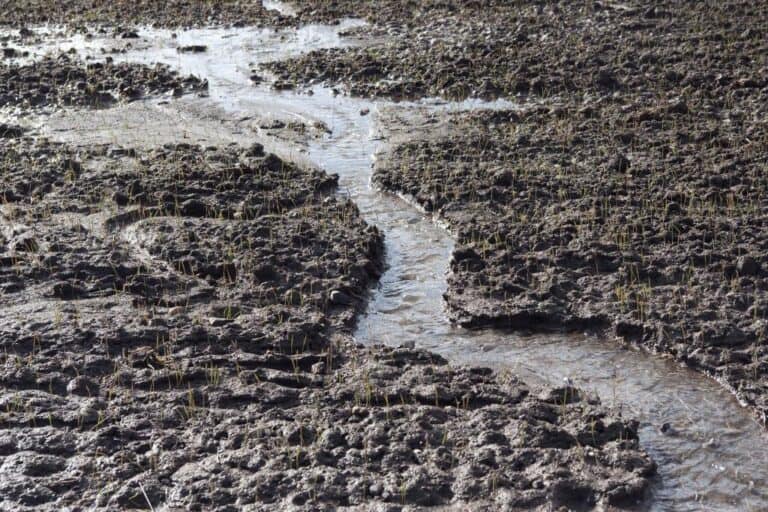Horse Manure and Wood Shavings Compost: A Magic Mixing Guide

Composting has long been recognized as a key practice for gardeners and farmers. It provides a nutrient-rich amendment that promotes healthy plant growth and improves soil health. Various materials can be composted. Horse manure combined with wood shavings stands out as an exceptional blend. It yields remarkable results.
Horse manure is prized among gardeners for its high nitrogen content, which boosts plant growth and development. It also contains essential microorganisms. They aid in breaking down organic matter and improving soil structure.
Wood shavings offer an excellent carbon-to-nitrogen ratio. They help balance the compost heap and prevent odors linked to too much nitrogen.
If you’re looking to improve your composting or maximize your gardening efforts, try mixing horse manure with wood shavings!
In this guide, we’ll show you how to create top-notch compost step by step. We’ll use these ingredients in harmony. Get ready to turn waste into black gold as we delve into the art of harnessing nature’s magic through purposeful composting practices!
Why Mix Horse Manure and Wood Shavings?
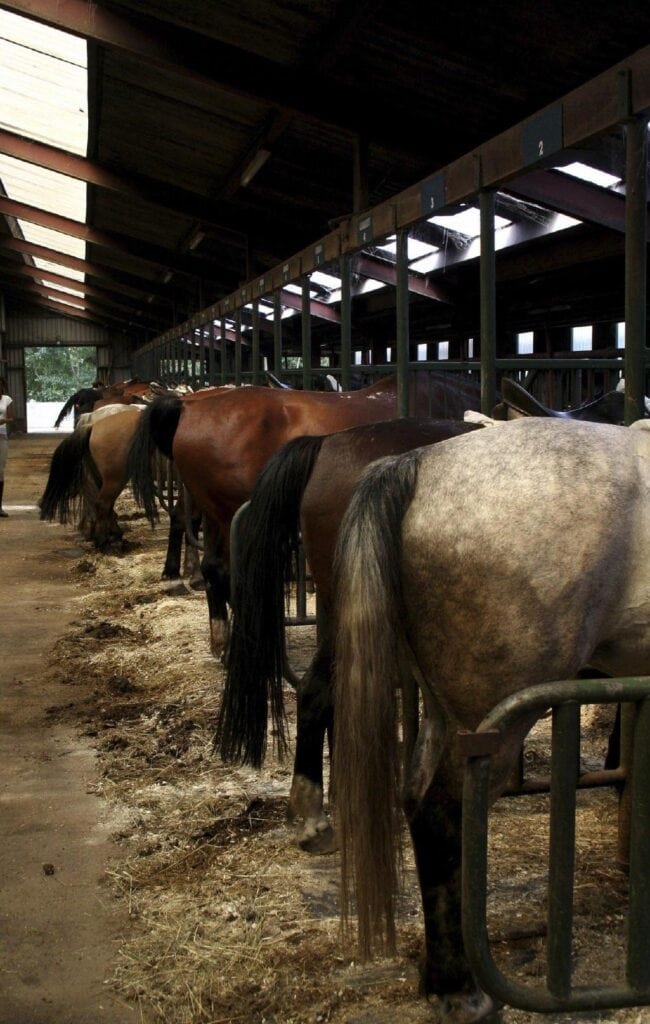
Horse manure mixed with wood shavings or sawdust can be composted to reduce volume. Composting also kills most parasites, bacteria, and weed seeds. It stabilizes nutrients into a product that enriches the soil.
Horse manure is often mixed with wood shavings. This is done for several reasons, including improved composting, waste management, and soil health.
1. Improved Composition
When horse manure is combined with wood shavings, it creates a porous and permeable mixture. This mixture is well-suited for complete composting, allowing for the efficient breakdown of the materials and the production of high-quality compost.
2. Rich Nutrient Content
Horse manure is an excellent source of nitrogen, while wood shavings contribute carbon. The combination creates a well-balanced mix that enhances soil fertility.
3. Improved Soil Structure
Wood shavings aid in aerating the compost, preventing it from becoming too dense. This results in improved soil structure and water retention.
4. Sustainable Equine Waste Recycling
Utilizing horse manure in composting is an eco-friendly way to manage equine waste. It transforms a potential environmental issue into a resource for garden enrichment. It can help manage waste by providing a way to recover stall waste through composting and re-use. This is beneficial for both the environment and agricultural practices.
| Related: The Efficient Ways to Use Compost Horse Manure for Your Garden |
Gathering Materials Before Mixing
Before you embark on your composting journey, it’s important to gather all the necessary materials. Here’s a list of what you’ll need:
1. Horse Manure: The star ingredient of this compost mix is horse manure. Ideally, aim for well-rotted manure that has been aged or cured for several months. This allows any harmful pathogens to break down and ensures a safe and nutrient-rich addition to your compost.
2. Wood Shavings or Sawdust: Wood shavings or sawdust is the second key component. It helps balance the carbon-to-nitrogen ratio in the compost pile. These materials should be sourced from untreated wood, as chemical treatments can be harmful to plants and beneficial microorganisms.
Sourcing Options
Horse manure and wood shavings, or sawdust, can be sourced from horse stables, farms, or equestrian centers. Horse owners can also check with local farmers or garden centers for available sources. Some cities or counties may offer free manure pickup services or have designated areas for manure disposal.
Non-traditional sources, such as pelleted wood products, may provide acceptable bedding. A number of these products are available commercially.
Preparing Horse Manure: A Key Ingredient
One of the essential components of creating a successful horse manure and wood shaving compost is properly preparing the horse manure. The importance of using aged, manured horse bedding cannot be overstated. Fresh or untreated manure can contain high levels of ammonia, pathogens, and weed seeds that could harm your plants or vegetables.
To prepare fresh or bagged horse manure for composting purposes, follow these step-by-step instructions:
1. Begin by collecting fresh horse manure from stalls or paddocks. It’s crucial to wear gloves and take care not to touch your face during this process to avoid any potential health risks.
2. Once you have gathered enough organic material, transfer it to a designated composting area. Keep it away from water sources such as wells or ponds.
3. Spread out the fresh manure into thin layers no more than 6 inches thick on an open space within your compost pile.
4. Add equal amounts of carbon-rich materials like dry leaves, straw, sawdust, or wood shavings over each layer of fresh manure bedding you create.
5. Use a garden fork or shovel to mix the layers together thoroughly. This will help aerate and distribute moisture throughout the pile, a critical factor in efficient decomposition.
6. Remember to monitor moisture levels regularly. Add water if necessary, but ensure the mixture remains moist, not soggy.
Processing Wood Shavings
When you are getting wood shavings ready for composting, you should think about what kind of wood you are using. There are two main options to choose from: hardwood and softwood.
Hardwood shavings, such as oak or maple, tend to decompose more slowly due to their dense nature. On the other hand, softwoods like pine or cedar break down more easily because they have a higher carbon-to-nitrogen ratio.
To start processing your wood shavings, you’ll first need to break down any large chunks or bales into suitable sizes for better decomposition. One way to do this is by running the shavings through a chipper or shredder. This will help create smaller pieces that can decompose faster and mix well with other organic materials.
If you don’t have access to machinery, another method is manually breaking up the larger clumps using a pitchfork or garden fork. Simply place these clumps on a hard surface and use your tool of choice to separate them into smaller pieces. This process may take some time and effort, but it can be an effective way of preparing your wood shavings for composting.
Properly process your wood shavings. You can chip, shred them, or manually break them down. This sets you up for success in creating high-quality compost. These smaller pieces will integrate well with horse manure during mixing and contribute towards achieving optimal decomposition rates for nutrient-rich compost production in the future.
Mixing Ratio: Finding the Perfect Balance
When composting horse manure and wood shavings, finding the right mixing ratio is crucial. It helps create a nutrient-rich end product. The ideal balance between these two materials will depend on your specific needs and goals.
Horse manure is known for its high nitrogen content, while wood shavings contribute carbon to the mix. Depending on what you plan to use the compost for, adjusting the ratios can help you achieve different results.
For instance, if you’re focused on boosting soil fertility and promoting plant growth, a higher nitrogen ratio may be more suitable. On the other hand, if your goal is to improve soil structure or create a longer-lasting compost, a higher carbon ratio would be preferable. It releases nutrients slowly over time.
A common recommendation for mixing horse manure and wood shavings is to use a 1:3 or 1:4 ratio by volume. This means combining one part horse manure with three or four parts of wood shavings, respectively. Keep in mind that these are general guidelines. You might need to experiment to find what works best for you. Factors such as the initial moisture content of both materials and the type and quality of feed consumed by horses whose manure will be used in the mix could affect the results.
Layering Techniques
It is very important to use the right layering techniques when mixing horse manure and wood shavings to make compost. This process involves strategically arranging the two materials in alternating layers. This allows for effective decomposition and optimal nutrient absorption by plants.
To begin, create a base layer of wood shavings at the bottom of your compost pile or bin. This layer acts as insulation, improving airflow within the heap. Next, add a thick layer of horse manure on top of the wood shavings. Horse manure provides valuable nitrogen. It accelerates decomposition and balances carbon-rich materials, like wood shavings.
Continue alternating layers until you have used up all your horse manure and wood shavings. Aim for a ratio of approximately one part horse manure to three parts wood shavings. Remember to moisten each layer slightly with water as you go along. This will help kick-start the microbial activity responsible for breaking down organic matter.
Use proper layering when mixing horse manure with wood shavings. This ensures oxygen can flow through the compost pile or bin. It also provides an optimal environment for beneficial microbes. Additionally, this method helps maintain a balanced carbon-to-nitrogen ratio necessary for successful decomposition.
Moisture and Aeration: The Key to Successful Composting
It is crucial for successful decomposition to maintain the right moisture levels in your horse manure and wood shaving compost pile. While too much moisture can create a soggy mess that hampers airflow, insufficient moisture can slow down the breakdown of organic matter. Finding the perfect balance is essential.
To keep your compost pile adequately moist, aim for a consistency similar to that of a damp sponge. One effective method is to periodically water the pile during dry spells or add water when turning it to ensure even distribution. Keep an eye on weather conditions, as rain showers can help maintain ideal hydration levels naturally.
Aeration is important for decomposition. It creates an oxygen-rich environment where beneficial microbes thrive. To facilitate this process, you can turn your compost pile every few weeks using a pitchfork or garden fork. This simple act helps introduce fresh air into the mixture while also redistributing materials evenly throughout.
Additionally, incorporating bulky materials such as straw or twigs into the mix when starting your compost will promote proper airflow from day one. These larger pieces create channels for air circulation and prevent compaction of the organic matter.
Turning and Maintenance: Ensuring Uniform Decomposition
To achieve quality compost, turning the pile is an essential step in the composting process. Turning helps promote uniform decomposition by ensuring that all parts of the pile have access to oxygen, moisture, and heat. This encourages beneficial microbial activity while reducing the risk of foul odors or pests.
So how frequently should you turn your horse manure and wood shavings into compost? A general rule of thumb is to turn it every 3–7 days. However, there are a few factors to consider when deciding how often to turn your pile.
Firstly, monitor the temperature inside the pile; if it drops below 120°F (49°C), it’s a sign that more frequent turning is necessary. Second, observe the moisture levels. If it becomes too dry or overly saturated, adjust watering practices before turning.
When it comes to timing your turns, doing so during periods of mild weather may yield better results. Turning on hot summer days can accelerate evaporation and potentially dry out your compost too quickly. On colder winter days, microbial activity slows down significantly due to decreased temperatures. Therefore, opting for the warmer spring or fall seasons as prime times for turning might provide optimal conditions for successful decomposition.
Compost Maturation
Creating compost using horse manure and wood shavings is a rewarding process, but patience is key. Compost maturation takes time, typically ranging from several months to a year. The exact timeframe for compost maturity will depend on various factors. These factors include temperature, moisture levels, and the ratio of materials used.
During the initial stages of composting, microorganisms break down the organic matter in horse manure and wood shavings. As this decomposition progresses, the pile undergoes transformations that can be observed through various signs indicating its readiness for use.
One key indicator that your compost is ready to be used is its appearance. Mature compost will have a dark brown or black color with a crumbly texture resembling rich soil. Another sign to look out for is an earthy smell. If your pile no longer gives off any unpleasant odors or smells fresh like forest soil instead, it’s likely fully mature.
It’s important to note that turning your compost pile regularly will help speed up the maturation process. Turning the pile provides oxygen flow and promotes even decomposition throughout the entire mound.
Keep monitoring the signs of readiness mentioned earlier. That way, you’ll know when your horse manure and wood shaving compost has reached its full potential as nutrient-rich humus. It’s perfect for enhancing plant growth in gardens or enriching agricultural lands!
Troubleshooting Common Issues in Composting
| Problem | Solution |
| Foul Odor | Turn the compost more frequently and add dry leaves or straw. |
| Too Wet | Add dry materials like straw or shredded newspaper to absorb excess moisture. |
| Not Decomposing | Ensure the right balance of nitrogen and carbon. Turn the compost for better aeration. |
| Related: Is It OK to Use Fresh Horse Manure in Your Garden? |
Utilizing Horse Manure and Wood Shavings Compost
In gardening applications, horse manure and wood shaving compost can be powerful allies. They help achieve healthy, vibrant plants. This nutrient-rich mixture works wonders in both vegetable gardens and flower beds.
For vegetable gardens, the compost provides essential nutrients like nitrogen, phosphorus, and potassium that are crucial for plant growth. It also improves soil structure and enhances water retention capabilities, creating an ideal environment for root development.
For composting flower beds, horse manure and wood shaving compost can give your blooms a boost like no other. The rich organic matter increases soil fertility. It also promotes beneficial microbes in the root zone of flowers. This not only enhances their overall health but also encourages robust blooming.
However, it is important to exercise caution when using this specific type of compost due to its high nutrient content. While most plants will benefit from these extra nutrients, overapplication can lead to excessive growth or even the burning of sensitive plants.
If you’re unsure about how much compost to use, or if your plants have specific needs or sensitivities, consult a local gardening expert or extension office before applying the horse manure and wood shavings compost.
Conclusion
Incorporating horse manure and wood shavings into your composting routine is a sustainable and rewarding practice. This nutrient-rich blend enhances your garden’s fertility. It also contributes to equine waste recycling. Follow these simple steps and tips. You’ll create a robust compost to nurture your plants and promote a healthier, more sustainable environment. Happy composting!


